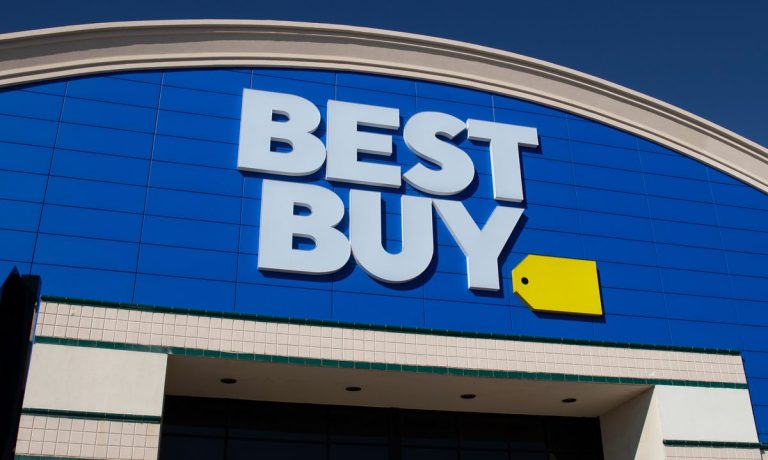
Inflation may rise and fall, supply chains will ebb and flow, and the pandemic will (hopefully) continue to fade, but Best Buy CEO Corie Barry told investors Thursday (March 3) that the structural changes that have happened over the past two years in terms of how we live, shop and work are permanent.
In making a full-throated commitment to facilitate the advance of the connected economy, the 22-year veteran of the country’s largest consumer electronics and appliance retailer said the company would continue to “embrace that reality” in almost every facet of its business.
“Every aspect of our lives has changed with technology,” Barry said. “We uniquely know how to personalize and humanize technology solutions for every stage of life,” she added.
Saying the digital shift and use of tech was no longer “a ‘nice to have’ but a necessity,” the Minnesota-based operator of 1,000 stores said tech and related innovations were expanding into all parts of our lives and homes.
“Working has forever changed. Streaming content has exponentially grown. The Metaverse is coming to light. We can power our homes with connected solar panels. Cars are connected and we can monitor our health – including connecting with a physician from our living room,” Barry riffed during the company’s webcast and investor day presentation. “Our strategy is to embrace that reality and to lead, not follow.”
The Cost to Play
For the fourth quarter that ended Jan. 29, Best Buy CFO Matt Bilunas said the retailer faced tighter inventory constraints than it expected, particularly in certain high-demand holiday items like mobile phones and computers, as well as a wave of impacts from omicron that both increased employee sick days and reduced store hours.
At the same time, Bilunas said, the company’s ramp-up of its “TotalTech” subscription service plan was proving to be more costly in the short-term than originally anticipated.
“TotalTech is a near term investment to drive long term value,” Bilunas told analysts on the call, while also noting that he would not be issuing guidance.
“The thesis is that over time, we will capture incremental product sales from our members that will lead to higher operating income,” he said. But in the meantime, he said the rollout will also come with some near term profitability impacts.
“At $199, the standalone membership is profitable, it just isn’t as profitable as legacy service memberships due to the breadth of benefits and the cost to fulfill them,” Bilunas said, pointing to an “aspect of cannibalization” that is happening as existing customers no longer pay incrementally for things like extended warranties and installation that are included in the new single-price product.
While this investment and transition will impact internal financial metrics and margins, it is Best Buy’s bet that the program will significantly improve its customer experience, and in turn, drive incremental sales.
Similar short-term costs are also involved in the growth of its new Best Buy Health platform that aims to facilitate the burgeoning market for in-home digital care, especially among seniors that are less familiar with using tech.
Back to the Connected Economy Thesis
Using somewhat circular logic, the retailer’s leadership team rationalized the near-term costs as necessary to position Best Buy to succeed in the future.
To that point, the company said if you accept that technology is now a necessity, and that as the largest player in the category Best Buy is in a unique position to offer consumers tech solutions for their homes via its unique ecosystem, then investing in “customer-centric assets” to deliver those products and experiences warrants the ongoing investments to drive sales and profits over time.
Although investors seemed pleased with the company’s results and outlook in early trading Thursday (March 3) and were bidding the shares higher, the fact remains that Best Buy is still down roughly 25% from a sell-off that began three months ago in the wake of cautionary third-quarter results.
“In the past two years we have delivered more than $8 billion of revenue growth,” Barry said, while noting improvement in other financial metrics and a digital penetration rate of roughly 40% that have positioned the retailer to grow.
“We do not for one minute believe we have hit our peak revenue or margins,” she concluded.